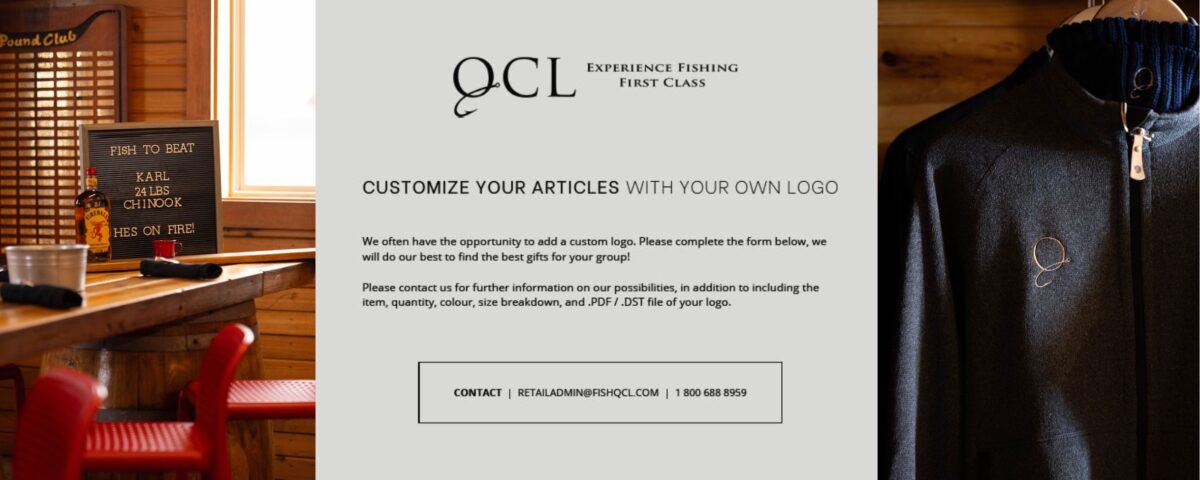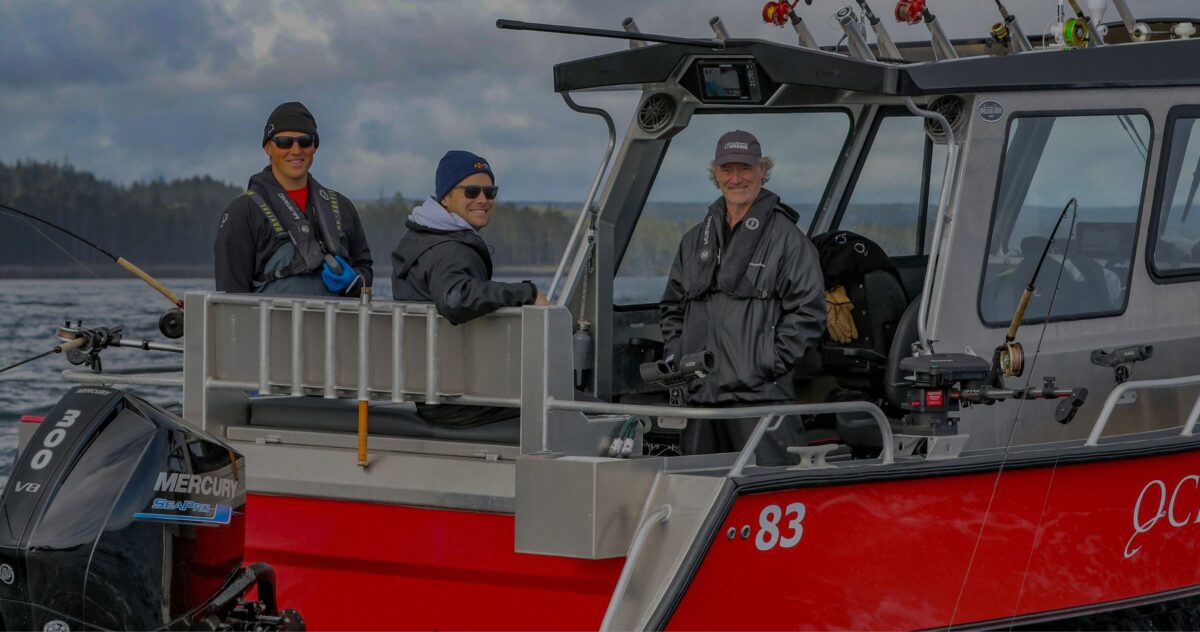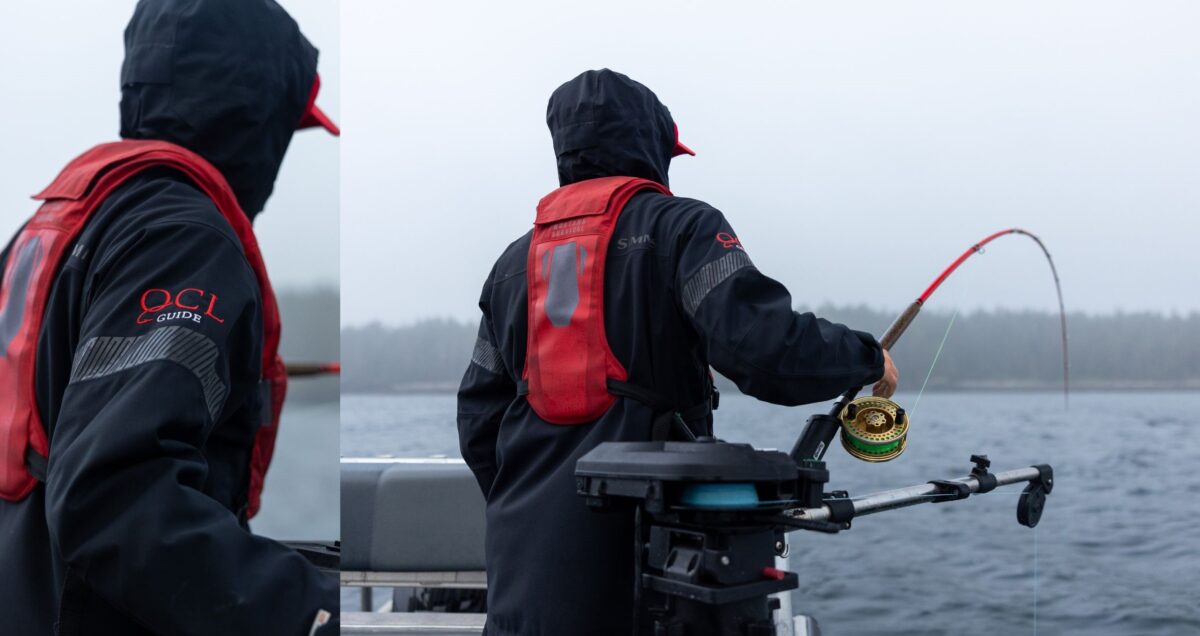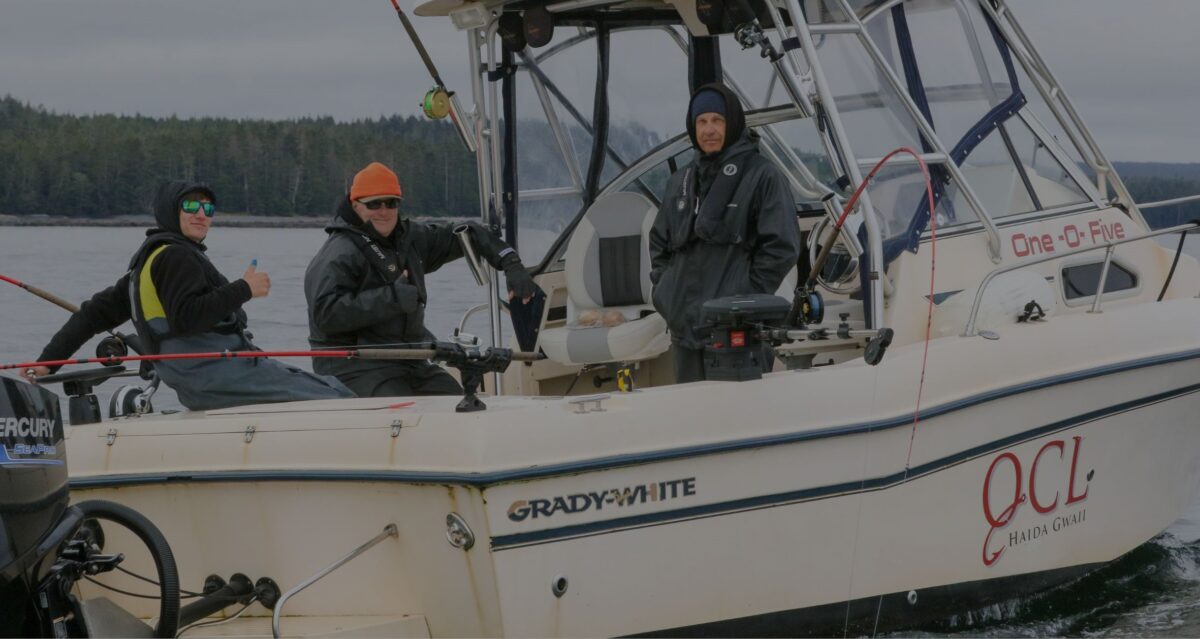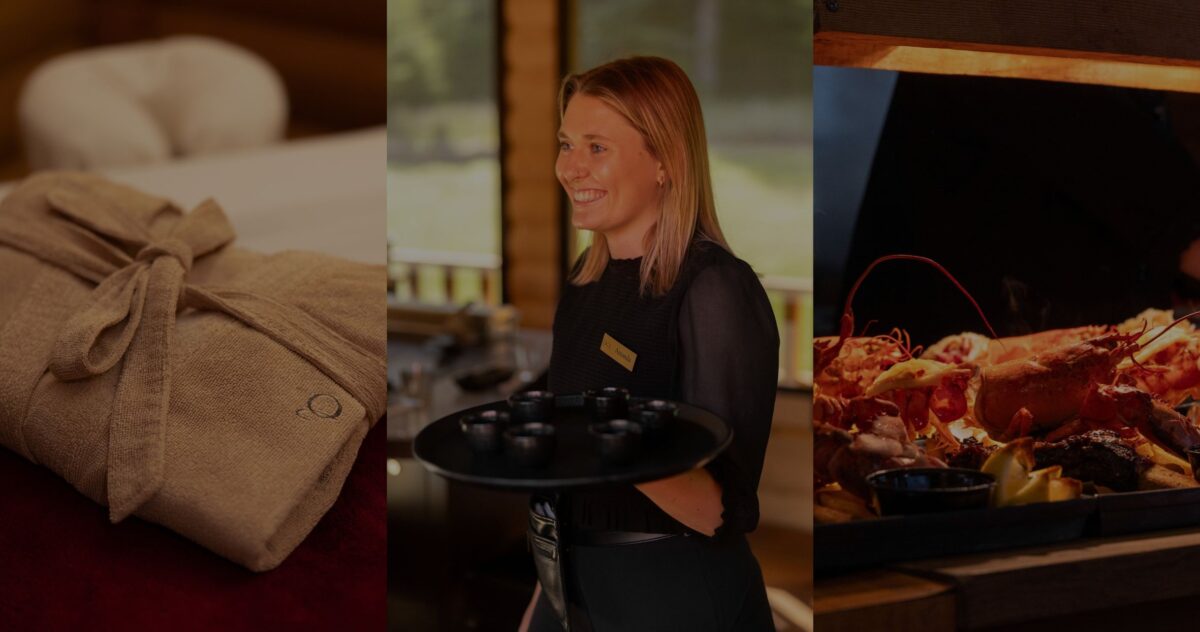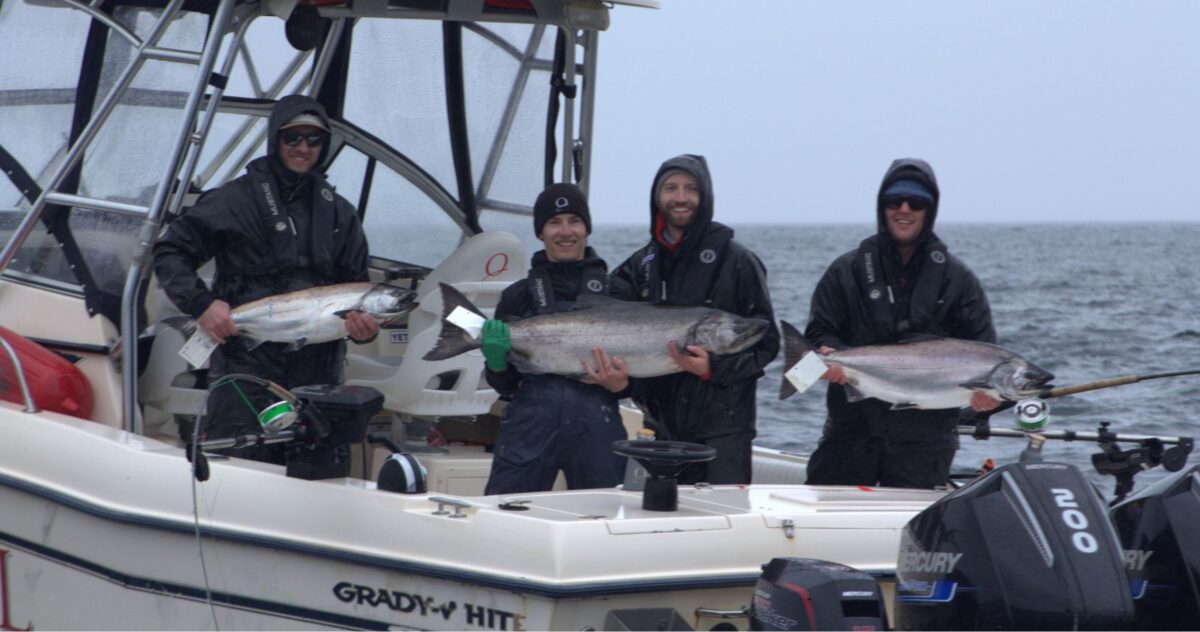For a month now guests have been arriving for the first class fishing adventure of their dreams – The 2024 season is in full swing! If you have joined us at the Lodge before, we can’t wait to see you again, and if it’s your first time, we’re excited to introduce you to the QCL experience!
In anticipation of your trip, our Concierge team will be, or has been, in contact with you to plan the finer details of your stay.
UNIQUE DINING EXPERIENCES
There will be no shortage of food during your trip, but we do have two optional dining hot spots available for our guests this summer, both available by reservation only. Don’t miss out and be sure to book your spot in advance! For those of you who have joined us before, don’t worry our chef’s have worked hard to reimagine these unique dinners.
{Reimagined!} The Buoy, a Japanese-Inspired Experience | This space is a perfect opportunity for guests looking for a one-of-a-kind special experience. Sit back and enjoy not only amazing eats and first-class service, but amazing forest views. Inspired by Teppanyaki, this semi-private dinner features our chef’s take on the traditional Teppanyaki meal with a West Coast twist.
The Bell Ringer Seafood Boil | Where East and West coast mix, the Bell Ringer Seafood Boil is our popular social dining experience on the dock. Indulge in an abundance of seafood including Lobster Tail and Dungeness Crab accompanied by our Prime Rib Bones and all the fixings. Enjoy dinner with a backdrop of the Lodge and Naden Harbour with a upbeat, lively atmosphere.
TWIN CREEK SPA + FITNESS CENTRE
Did you know that fishing can be relaxing to the mind and soul, but taxing on the body? Treat yourself, or your guest, to a relaxing treatment at our Twin Creek Spa; the perfect way to complete your fishing and adventure package!
Twin Creek Spa has limited availability each day and books quickly. We strongly urge that you book an appointment prior to your arrival. You can do so online at QCL Twin Creek Spa.
Should a visit to our Fitness Centre for a quick workout or our hot tub and sauna be top of mind – don’t forget your running shoes and swimsuit to take advantage of these amazing amenities.
PERSONALIZED EXPERIENCE
Whether you are visiting with family, friends or treating employees or clients to a fishing adventure, there are many opportunities offered to go above and beyond for them. From meeting spaces, private dinners and events, fishing derbies, celebrations, to custom apparel, our hospitality team looks forward to adding these details into your stay.
Don’t hesitate to contact us today to review your trip and any special requests that you might have.
